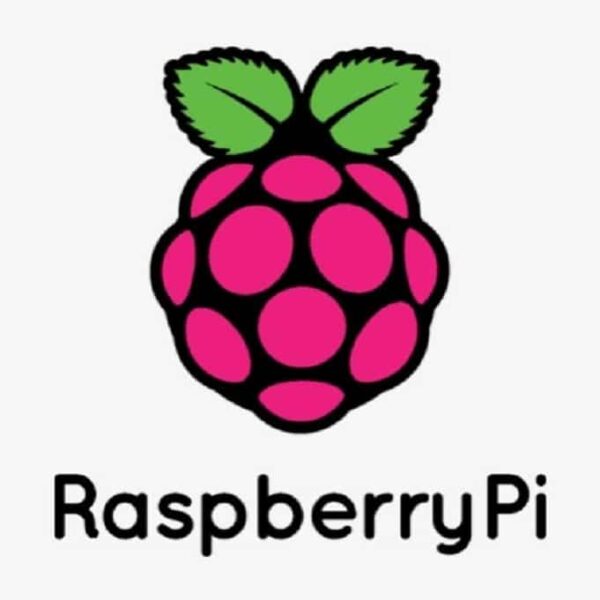Halloween Horror: The Best of 2022
Halloween Horror 2022 As the crisp autumn leaves fall, and the shadows grow long, Halloween enthusiasts everywhere prepare for an evening of spooky delights. It's that bewitching time of year when ghouls and ghosts emerge from the darkness, and horror takes center stage. And what better way to celebrate this eerie season than by revisiting the darkest corners of this year's cinema for the very best Halloween horror movies?From the iconic return of a masked slasher to the birth of…










